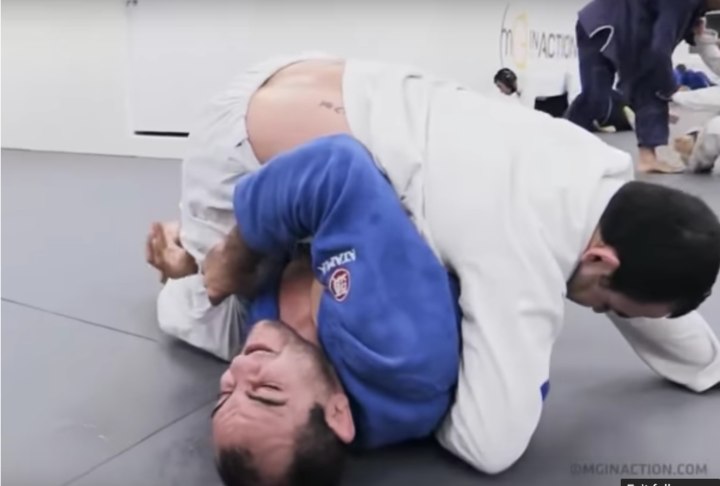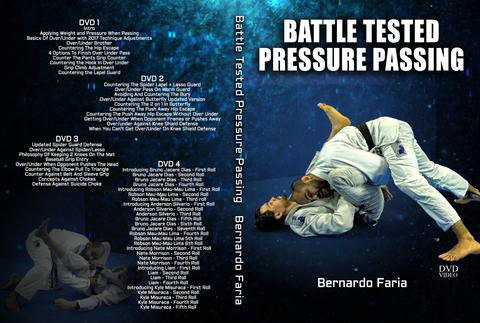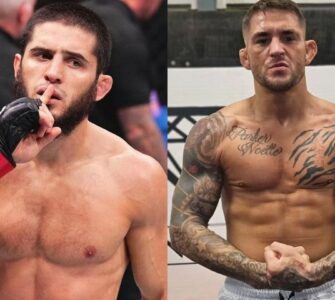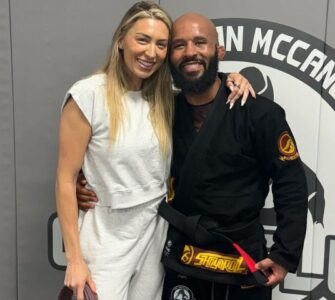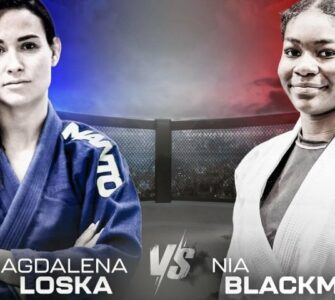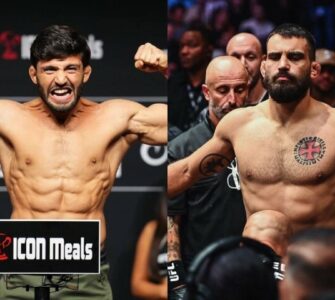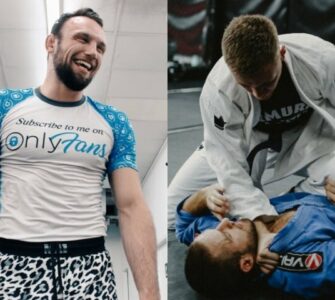Bernardo Faria, a five-time Brazilian Jiu-Jitsu world champion, was asked to explain the differences between training Jiu-Jitsu for competition versus training as a hobby.
Bernardo, from his vast experience as a BJJ world champion and now as an established BJJ instructor, explained it like this:
Training for Professional Competition: This level requires a high commitment. Professional athletes, according to Faria, must train two to three times per day, incorporating conditioning, wrestling, judo, and Jiu-Jitsu. This intense regimen far exceeds the typical two to three times per week that hobbyist practitioners might undertake.
Training for Competition as a Hobby: This category involves those who train and compete, but not at a professional level. For example, a purple belt in the Masters Division (ages 40-45) aiming to win local or Masters tournaments doesn’t need the same level of commitment as someone vying for a black belt world championship. However, there’s still a need for a significant dedication to training.
Training Jiu-Jitsu as a Pure Hobby: Some practitioners train purely for enjoyment and personal growth, without any intention to compete. Faria emphasizes that there is nothing wrong with this approach. He notes that competition is beneficial to identify gaps in one’s technique but acknowledges that it’s not for everyone.
Sacrifice and Responsibility: Regardless of the training goal, Faria stresses the importance of sacrifice and responsibility. Professional athletes must be ready to sacrifice certain aspects of their life, like social activities and diet, to achieve their goals. This commitment includes a significant responsibility to oneself and one’s goals.
Age Factor in Professional Training: Faria points out that age plays a crucial role in training for professional competition. Starting Jiu-Jitsu training at an older age (e.g., 25 or 30) makes it challenging to reach the level required to win major championships. He suggests that the ideal age to start training professionally is between 10 and 16 years old.
Faria shares his personal experiences and reflections, noting that while the journey to professional success in Jiu-Jitsu is fun, it also comes with many challenges and sacrifices. He emphasizes the importance of being prepared to face frustrations and overcome obstacles.
You should have a look at Bernardo Faria’s ‘Battle Tested Pressure Passing Series‘: You Don’t Need To Be Young, Strong Or Fast To Use Bernardo Faria’s Method.Bernardo puts both knees on the mat when he passes. This is because when you are on the knees you shut down most of the guards including: De La Riva Guard, Berimbolo, Single Lex X Guard, X Guard, Worm Guard…
This is “Old Man” Guard passing at its finest.
Hence, on your knees everyone has the same athleticism.

